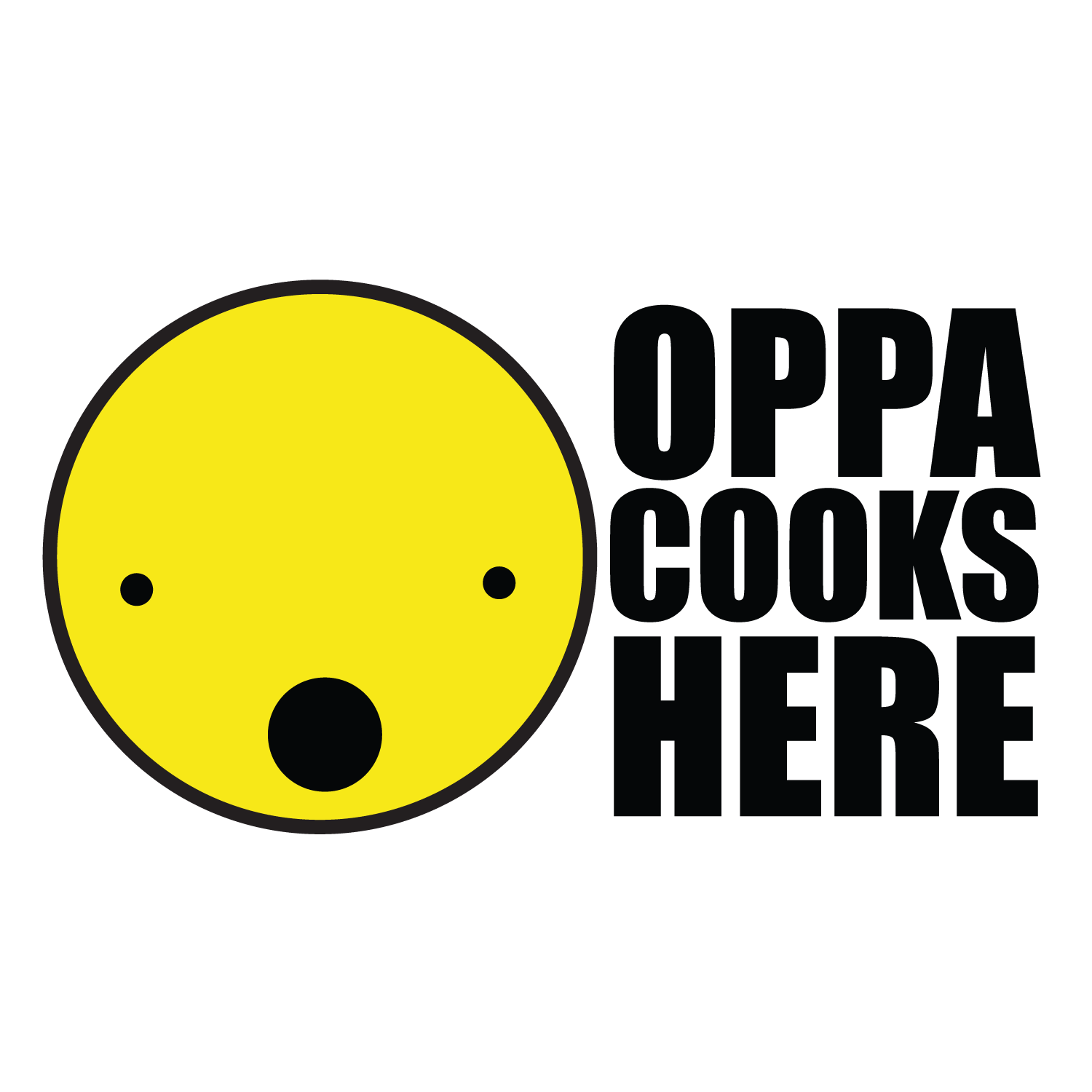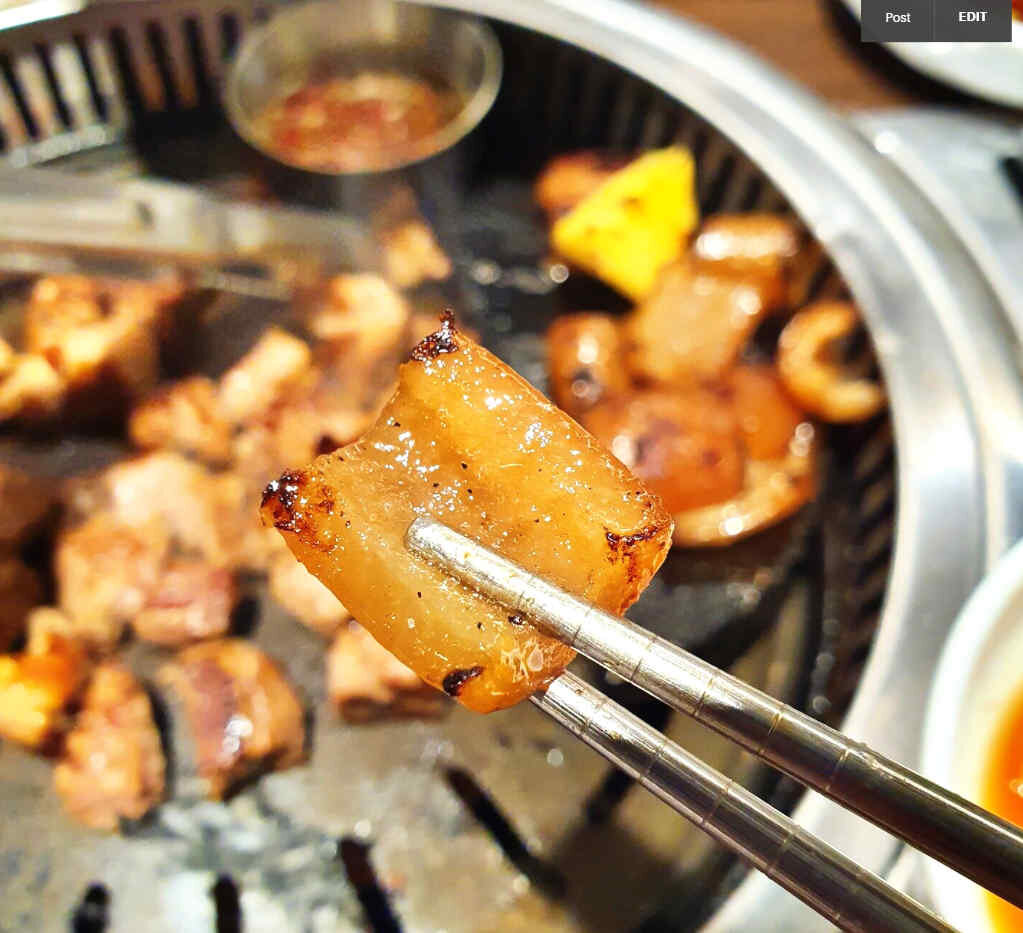What is Korean Food Etiquette
eating rules.
Are there any?
What is a typical Korean meal?
The components in a typical Korean meal include: Rice, Soup or Stew, BANCHAN (side dishes) and a feature main course (usually a meat dish). There may be greens and dip to assemble and eat together (SSAM).
How Do You Eat Korean Food?
There aren’t many rules other than the typical table manners required for any culture. Don’t slouch, don’t reach for things that are too far away (ask someone to pass it to you). Don’t chew with your mouth open, don’t play with the cutlery.
The spoon is used for rice and soup, and use the chopsticks to delicately pick your choice (inspect it visually first then make your choice- don’t dig around touching the whole thing) from shared banchan and dish platters.
Koreans are all about enjoying food and meals together. As long as you eat enthusiastically, there are few faux-pas that will ruin the mood. You will find that if you do make small mistakes (of the cultural sort that you may not even be aware of*) but are obviously enjoying the food, everyone will indulgently overlook them.
*You may just want a solid resting place for your spoon or chopsticks but sticking utensils into that sticky rice is just not good manners. There is a tradition of honouring dead ancestors by preparing a meal and the utensils are placed in the bowl so the spirits can come and “eat” at the feast. It’s just frowned upon, try not to do it. If there are no cutlery rests (made out of wood/ceramic/plastic- a small raised object to keep chopsticks raised) provided, it is acceptable to rest chopsticks on the edge of a banchan plate close to you.
What is good Korean food etiquette?
Say “JAL-MUCKET-SUM-NIDA!” (I will enjoy the meal!) to show appreciation. Even if you are the one who cooked the meal, you can’t go wrong with just repeating back this phrase.
This is a country with an undeniable respect for elders. Make sure you eat only after anyone older has begun their meal, keep pace and don’t finish before they do. Try to keep in mind they should have the choicest selections, the best seat at the table and don’t let their glass remain empty for long.
Don’t hold your rice bowl up to your mouth- leave it on the table. Use the spoon for soups/stews and rice. Use chopsticks for side dishes and shared dishes. No double-dipping please. Try to touch only the items your will pick up and eat (from communal plates) or transfer them to your own rice bowl before eating it at leisure.
In restaurants, it’s quite common to ask for a refill of side dishes. Ask only for the ones you’re actually eating and keep in mind it’s rather unusual to do so more than a few (3) times.
When passing things to another person, it would be polite to do so with both hands.
Try to keep your immediate companion’s glass filled at all times. Especially seen with regards to alcoholic beverages, it’s considered bad form to let someone fill up their own glass.
Eat quietly. No slurping, burping or blowing your nose at the table, there are always exceptions to the rule- but it’s not an encouraged practice.
When finished your meal, place cutlery back on the table as before and express another phrase of gratitude, “JAL-MUGGUT-SUM-NIDA!” (Thank you for the meal!).
How do you eat Korean side dishes (BANCHAN)?
You can eat them as you like! However, keep in mind because side dishes are most often shared, try to only touch the pieces you will pick up and eat. Don’t move items aside looking for a better one at the bottom of the bunch. If it’s a large piece or there are components to grab, it’s all right to transfer some to your own rice bowl and pick at them as you wish.
How to eat kimchi?
The reason there are numerous BANCHAN is for a variety in flavours but also for palate cleansing purposes before having a bite of something different at the table. There are thousands of varieties of kimchi and it is also seasonal. Classic red kimchi brings a bit of heat while also working to cut the greasy feeling from richer dishes. White kimchi is a gentler, pickled flavour that doesn’t overpower but refreshes your mouth deliciously.
If the kimchi is particularly delicious, you can even simply place a piece on a spoonful of rice and have a delectable mouthful. Or just have it straight up. At a Korean BBQ you can of course add it to your SSAM (lettuce wrap) but you can also add some to the grill and have it piping hot. Can’t really go wrong here.
Why are Korean spoons so long?
Korean spoons are longer than those of other cultures. I’m not really sure why, the reasons some people guess at online- to reach communal dishes, to scrape food from the bottom of the bowl, for ease to scooping to the mouth- seem imperfect.
Personally, I think it’s because in Korea, you usually purchase spoons and chopsticks as a set. It’s nicer visually if they line up to a similar length because place settings in Korea dictate that the spoon and chopsticks should be placed to the right of the rice and soup bowls, parallel to each other. Was not able to find any official sources to verify the history.
Why are Korean chopsticks different?
Metal chopsticks are common in Korea and they may also be flat. I bring forward all the reasons I have found on forums; presenting some more hearsay. The Kings of Korea used chopsticks made from precious metals like gold, silver and bronze. On an interesting aside, silver cutlery was used to detect poison before serving the King: Silver will turn colour in the presence of arsenic. People just followed his example with cheaper materials.
After the Korean War (1950’s), steel manufacturing was an industry that helped Korea rise out of poverty. Flat, steel chopsticks were easy and inexpensive to produce. They are also hygienic and durable. Another possibility is that entire forests were burned during the war which could have led to this choice in material used for mass production instead of wooden chopsticks.
Koreans do use chopsticks made of different materials though. Especially today, with an abundance of materials and a more affluent society, it’s simply a personal choice. Restaurants do tend to use metal ones for ease of cleaning and lasting factor.
What is the Korean Floor Dining Table
Korea’s history of the dining table begins at SOBAN. This is a small, portable table made of lightweight wood used by an individual. Long ago, the kitchen was far from the living space so it was small and light enough to use as a tray and transport laden with rice, soup and banchan.
It was not practical for everyone to have a separate table- especially after the war (although it’s gaining a nostalgic resurgence with traditional-concept restaurants and cafes) but dining on the floor is still quite prevalent. Although most families will have a regular dining table and chair set for daily use, it’s quite common to have a folding floor table when hosting many guests.
Is it rude to burp in Korea?
There are some cultures where a loud burp is encouraged as it shows appreciation for the meal. Korea’s not one of them, although an accidental belch will be glossed over with laughter.
Is it rude to not finish your food in Korea?
It is considered wasteful if you don’t finish your serving. Koreans love hearty eaters! Try to take only the amount you’re comfortable eating, but don’t feel too bad if you can’t finish everything. Koreans are generous in their portions!

